What do whales and your summer garden have in common? I’ll share a tip that has solved many a garden problem. But let’s begin with a story: One morning, we departed the Kodiak boat harbor on our boat. As luck would have it, a humpback whale surfaced nearby and exhaled a plume of white snot.
The 40-foot cetacean dove and surfaced several times. Gulls and puffins plunged into the frothy water, targeting the same tiny fish that summon whales north from Hawaii and Mexico.
Then the whale arched its back, raised its tail high into the air and slapped the water. Again. And again.
North to Kodiak, Alaska!
Every summer, humpback whales migrate from Hawai’i and Mexico to Alaska.
Their goal: Food.
There you have it: The common link between whales and gardens.
Maybe that’s a stretch, so I’ll explain.
Many organisms — from whales and eagles to bumblebees and broccoli — appreciate a nutritional boost now and then. Like you or me reaching for an oatmeal cookie in the afternoon.
For whales and plants though, it’s a matter of survival.
Whales need to bulk up with food to sustain them through the lean winter months.
Plants need to bulk up, too.
Why does the summer garden become so needy?
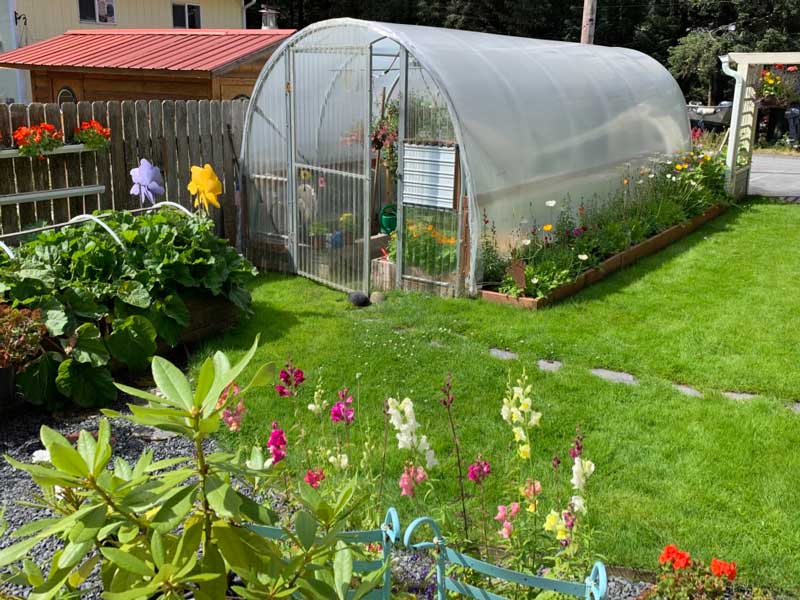
By midsummer, gardens have been churning out non-stop growth. Which means nitrogen (for leafy growth), phosphorus (roots) and potassium (fruits and flowers) can be in short supply.
Competition for food — especially between plants living in tight quarters such as hanging baskets, containers, and greenhouse beds — becomes tight. Like this hanging basket of nasturtiums.
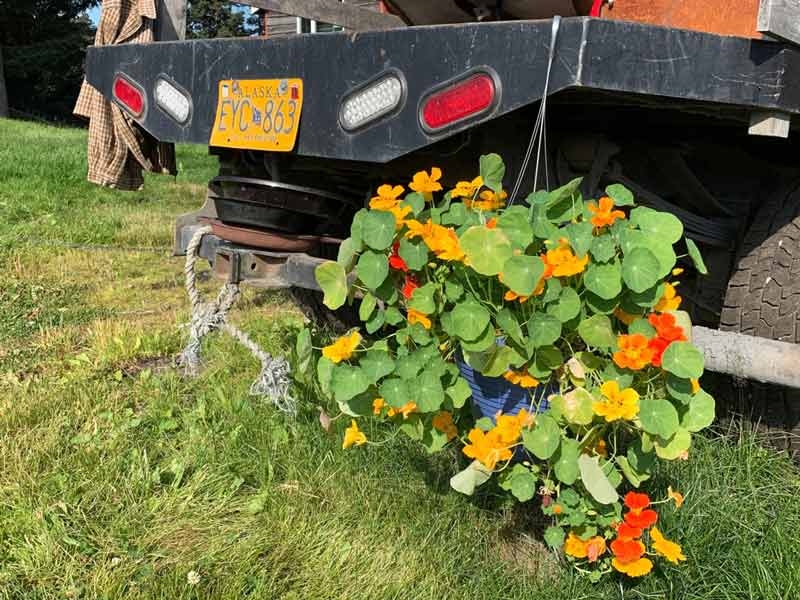
Now that we understand that pick-me-ups are not only helpful but critical to summer plants, let’s see what plants need and how to deliver it.
Summer vegetables
Vegetable gardens that are still producing in mid-summer will have used up a fair amount of available nutrients in the soil. Especially if you’ve planted a second or third crop in the same bed.
For vegetables, you have 3 kinds of feeders:
- Heavy feeders: Broccoli, celery, cucumbers, squash, tomatoes, onions, and spinach.
- Medium feeders: Basil, lettuce, potatoes, and radish
- Light feeders: Swiss chard, beans, carrots, and beets
In the flower garden, annual flowers differ from perennials when it comes to food.
Summer perennials
Unlike annual veggies, perennial flowers and shrubs don’t require a lot of feeding. Especially if your soil drains well and contains plenty of organic matter. A side- or top-dressing of compost though, may do the trick. And “heavy feeders” such as lilies, delphiniums, astilbe, and phlox would certainly benefit.
As for those perennials that are still in bloom, or have yet to bloom (as in some lilies), they’ll appreciate a steady supply of food.
Summer annuals
Annual flowers tend to that show signs of slowed growth or yellowing after their initial burst of activity in late spring and summer, may need a boost as well.
How to give your summer garden a boost
That said, a mid-season feeding may well be in order and there are a number of ways to accomplish this.
My first preference is to sprinkle well-aged compost around plant roots or in between rows of plants. Not only is this a wonderful soil-builder, but with each rainfall or watering, nutrients become available in the root zones and worms and other tiny creatures will make short work of the new “packages” of goodies.
How to make your own magic elixir
Along the same lines, but faster-acting is to nourish your summer garden with compost tea or manure tea. Think of it as a smoothie for plants.
And like smoothies, they are easy to make.
Remember, it’s not rocket science so don’t sweat the details. Just feed your plants.
1. Get a 5-gallon bucket.
2. Add a couple of handfuls of compost or manure
3. Toss in some seaweed or dried kelp for good measure.
4. If you have access to some comfrey, chop a few leaves and add them to the mix.
5. Stir twice daily to keep aerated. It’s ready after a few days.
6. To use, dilute it 1 part tea to 3 parts water
7. Drizzle it around your plants or filter it to use as a foliar spray.
Speaking of magic elixirs, here are my favorite solutions for controlling garden pests.
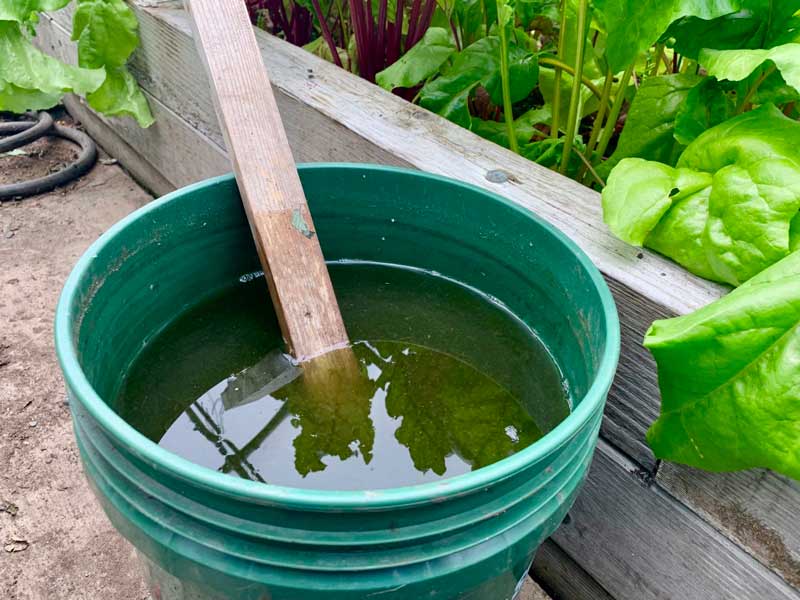
I mentioned greenhouses and high tunnels, also known as hoophouses. In the summer garden, crops such as tomatoes and cucumbers need feeding as soon as flowers form. For tomato growers, a potassium-rich seaweed or compost liquid added to the watering can every week encourages more flowers and a better harvest.
And if your plants’ leaves are looking a little pale these days, as in pale yellow like the nasturtiums in the photo above? This is usually a sign of nitrogen depletion, which can also treatable with a dose of liquid compost or manure. NOTE: Yellow leaves can also be triggered by over- or under watering).
Can you add too much organic material?
Yes.
While organic is the way to grow and compost is the answer to all your garden problems, more is not always better.
Why?
Because over-fertilized flowers, for example, end up weak and leggy. Easily flattened by heavy rain or breezes.
Over-feeding can also affect bloom performance. You get tons of green foliage at the expense of flowers. On the other hand, if your soil lacks organic material, your plants will benefit from routine — don’t overdo the nitrogen — mulching.
Meanwhile, back to the whale…
To finish up…
Our early morning whale-watching junket left us wide-eyed and wired. So on the way back to the harbor, we retired to the galley for a muffin and a mug-up (coffee).
“Wow,” I said. “It might be tough to wrap my head around writing my garden column when I get home.”
Yet after writing a weekly garden column for our local Kodiak Daily Mirror for over 23 years (covering healthy cooking and organic gardening), I consider it a personal challenge to be able to relate any topic to gardening.
How did I do?
Have yourself a great week,

P.S. I took a lot of whale pictures that Sunday morning, but this one proved to be the most interesting. See that photo below? Look closely. What’s that blob of brown material under the whale’s fluke?
Whale poop.
Haha! I dare you to share that with your friends and family!
+ + + + + + + + + + + +
Marion Owen is on a mission to help busy people survive day-to-day life by condensing topics such as photography, cooking, and organic gardening into bite-size pieces. Get Marion’s free 4-page “In Good Light: Photo Tips for Busy People” to feel newly recharged when taking pictures.
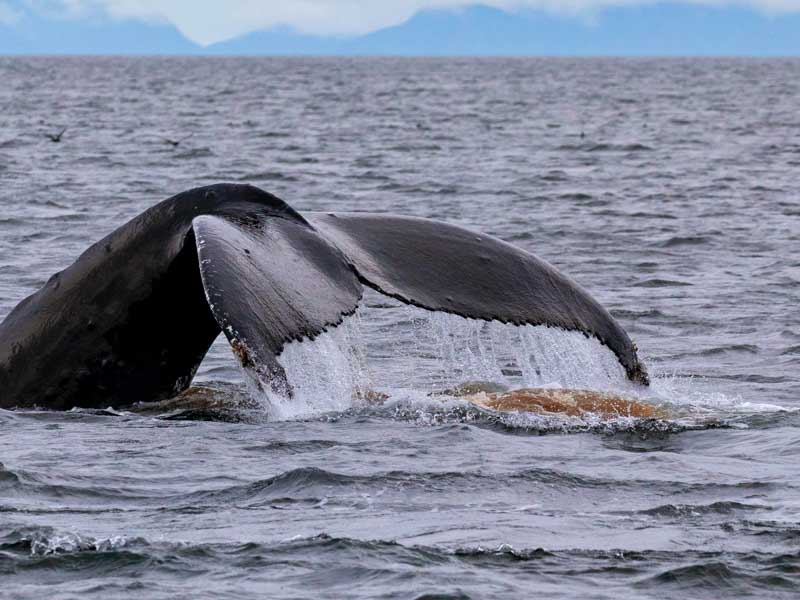


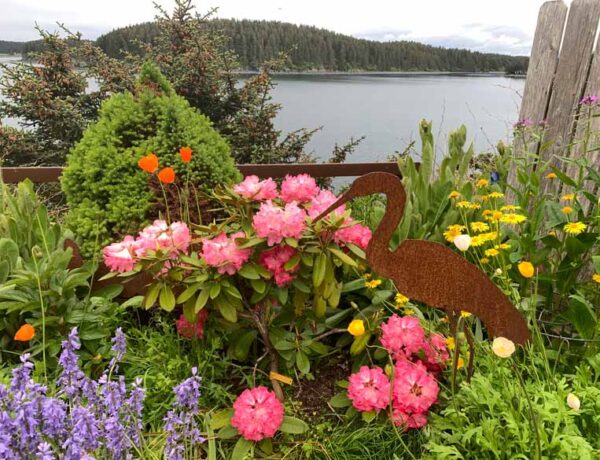

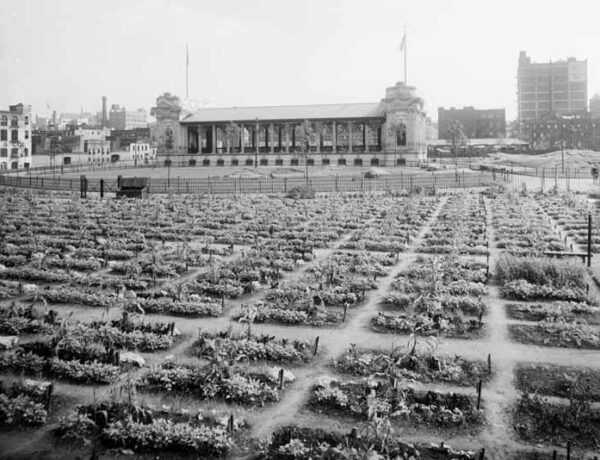
No Comments